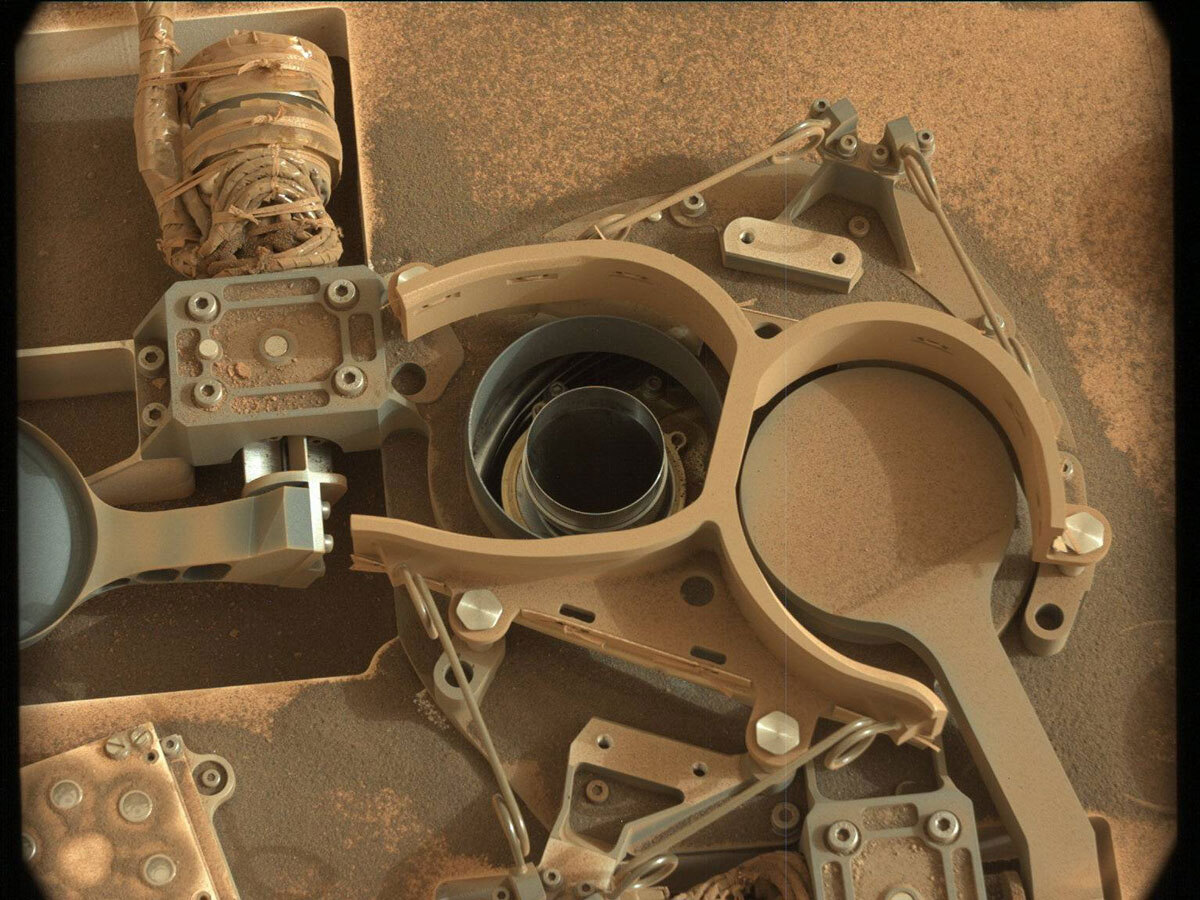2 min read

We are nearing the end of our drill campaign activities at Canaima, and this weekend we are planning to analyze the drilled sample with the SAM instrument's gas chromatograph and mass spectrometer (GC-MS). Like the CheMin X-ray diffraction and SAM Evolved Gas Analysis experiments, the SAM GC-MS analysis will provide additional data about the rock’s composition. GC-MS in particular is great at showing the types of organic molecules that might be present. Since this is the last time we need to deliver drilled sample to our onboard "chemistry lab instruments," we'll also attempt to dump sample material that remains in the drill bit assembly onto the ground. In order to preserve the life of the braking mechanisms on Curiosity's arm, the engineering team at JPL developed a new technique for dumping samples that is gentler on the arm (no percussion) with the charming acronym of RAGE, or "Rotate to Agitate Granules for Expulsion." So we'll be RAGEing on Mars this weekend in between all of the science.
With the power-hungry SAM activities, we're only planning a short amount of time for additional science. We'll collect ChemCam observations on two nearby rocks named "Manaus" and "Garimpo Cascavel," as well as a Mastcam multispectral observation of "Dress Island" and stereo mosaic of a nearby rock named "Peluca." ChemCam long distance RMI mosaics of Orinoco and several environmental science monitoring observations will round out the plan.
Written by Abigail Fraeman, Planetary Geologist at NASA's Jet Propulsion Laboratory







